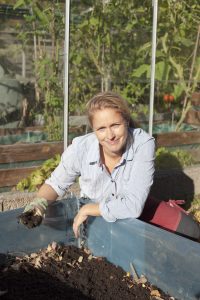Grow your own garlic
Want to try being self-sufficient with garlic? Whether you prefer cloves or solo garlic, you can follow this step-by-step guide for growing garlic. Cultivating your own homegrown garlic is incredibly simple, and here are tips on how to do it, what companion plants you can grow with it, and how to store garlic when the season ends.
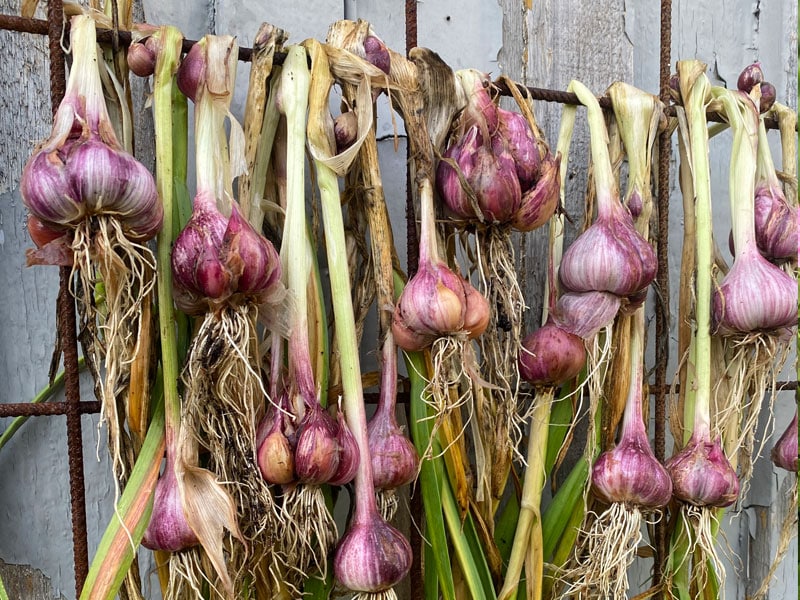
How to grow your own garlic
1. Start with good quality seed
To start with it is important to have good quality cloves to plant. You should choose certified, preferably organic garlic, that you normally find in a garden center.
The garlic that you find in the grocery store may contain diseases and should not be used for growing.
Divide the garlic head into cloves, same way as for cooking, but you don’t have to peel them.
Plant the individual cloves one by one.
You can also use your own cultivated garlic as seed. Choose the largest cloves to plant – the bigger the clove, the bigger garlic you will get.

2. Prepare the soil
As always – good soil is key to gardening success!
Choose a spot or a bed in the garden where you have rich, fertilzed and well drained soil – you don’t want to risk that too much water stays around the plants, causing the bulbs to rot.
Mix natural compost in the soil before planting to give it nice structure and rich in nutrients.
Sprinkel some organic fertilizer when you plant and water well.
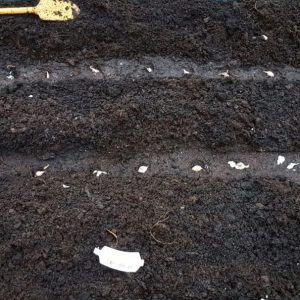
3. Don’t plant too early
The best time is to plant the garlic cloves in the soil in late fall/autumn, when they have time to start rooting slightly before the cold weather comes. During the winter they lie and wait for the sun to start warm up the ground, and start to grow at about 5C/40F.
Ideally, it should have started to get cold outside when you put the garlic, with a maximum of 12C/50F in the air. You can actually plant the garlic until the soil is frozen.
Plant the cloves 5 cm/2 inches deep with a planting distance of 10-15 cm/4-6 inches.
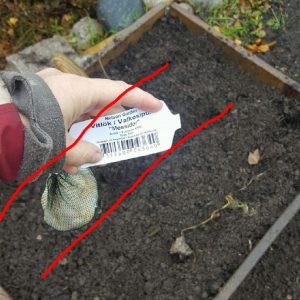
4. Companion planting with garlic
To grow garlic with other crops – plant companions – is a smart way to keep pests away, while at the same time utilizing the growing space efficiently. Strawberries are a good example of companion plants to garlic.
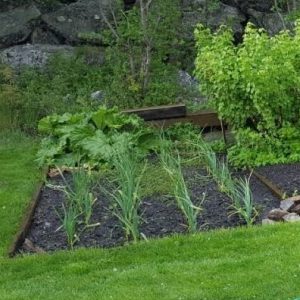
5. Time to harvest
During the summer, the leaves start to turn yellow and fall down and this is a sign that it is time to harvest. Carefully pull them up, wash them clean from dirt and leave them to dry.
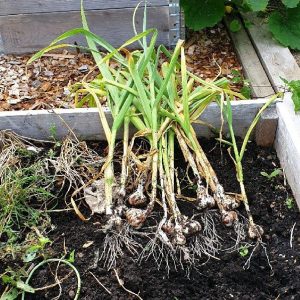
6. Different types of garlic
There are many different types of garlic to choose from. Here are some examples:
- French garlic often has pink or violet elements in the white peel.
- Silver garlic is recognized by its silvery skin. These are good for long time storage.
- Caucasian garlic has slightly fewer but larger and more easily peeled cloves. They often have a violet striped shell.
- Central Asian garlic has white to red skin and sometimes even striped. Sometimes they grow flowers and can also develop micro bulbs.

Solo Garlic or not?
If you want to, you can start to harvest the garlic early in the season, as in late spring. At this time it has not yet formed cloves and is often called “solo garlic”.
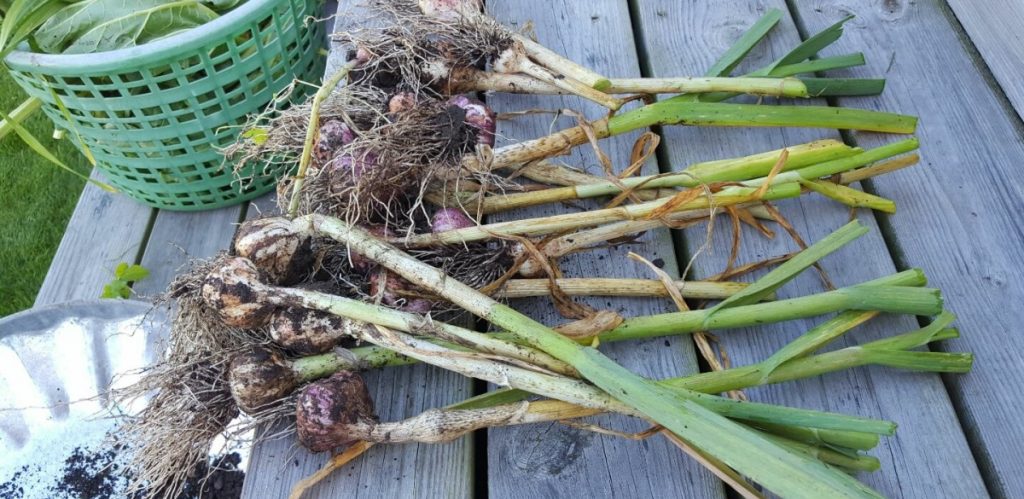
Store Garlic like this:
Store the garlic dry, airy and at room temperature – not in the refrigerator. You can dry and store garlic in a garlic braid.
Gardenize really helps me get things in order. I can easily sort out my plant notes, keeping things tidy. It’s like my central hub where I manage my gardening adventures, making sure next year’s gardening season will be even better.
– Anna
Garlic, a history
Garlic originates from central Asia where it gets naturally long and relatively harsh winters, followed by a short spring and a long dry summer. Nowadays garlic is grown world wide and it was brought to northern Europe with the Vikings, 1000 years ago.
Garlic is a member of the allium family and contains the substance allicin, which in combination of an enzyme, also found in the garlic, is converted to the oil allicin. Allicin has been found to reduce inflammation and has a number of other healthy benefits.
Document your garlic beds with Gardenize
Document your different varieties of garlic in Gardenize. In the Gardenize Garden App you keep all the information about your plants and what is relevant for your garden.
Note what plants you have in your different garden space/garden areas and not the activities, such as: Bought, prepared the bed with compost, planted, fertilized with and harvested. This is the perfect way to keep track of both successes and failures in the gardening work you do.
You can find Gardenize in both App store and Google play, as well as a desktop-version on our website.

